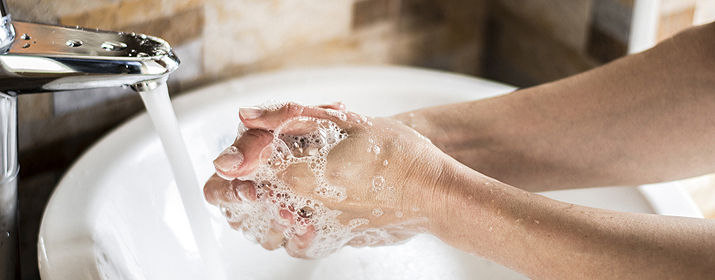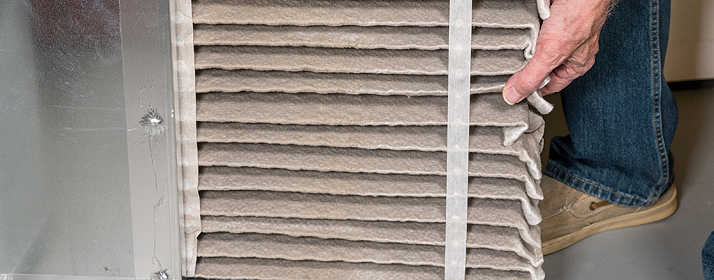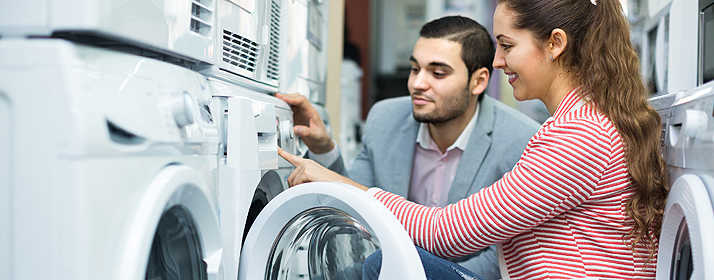
How would you like to reduce your energy and water use – and reduce your monthly bills for both? Installing low-flow showerheads and faucet aerators in your home is an easy and inexpensive way to realize such savings. Before you get started, here’s what you need to know.
Water heating is the second largest energy expense in most homes, accounting for up to 20 percent of a typical home’s energy use. A family of four that showers daily uses 40 gallons of water. That adds up to a lot of water and energy use over the course of a year.
Installing low-flow aerators and showerheads can help reduce your family’s water consumption and the energy it takes to heat that water for bathroom faucets and showers. Best of all, you’ll likely never miss all of the extra water that you had been using.
Current federal regulations require a flow rate of 2.2 gallons per minute (gpm) or less for bathroom faucets and a maximum flow rate of 2.5 gpm for showerheads. All new kitchen faucets have flow rates of 2.2 gpm or less.
Flow rates are determined by the aerator – the screw-on tip of the faucet nozzle. Aerators mix air in with the water and send it through a mesh screen to create many tiny streams of water. Faucet aerators are available in flow rates ranging from 0.5-2.2 gpm.
Original faucets and showerheads in homes built before 1992 are likely using twice as a much water. If you’re not sure about the age of your fixtures or their flow rates, check the imprint on the aerator tip. If you need to replace your aerator on an older fixture, bring the old aerator and washer with you to the store to help you select a new one that will fit.
One way to identify a low-flow fixture is to look for the WaterSense label, which requires a flow rate of less than 1.5 gpm. WaterSense-labeled products are about 20 percent more efficient and can save more than 2,300 gallons of water and 300 kilowatt hours of electricity annually — enough to power a television for a year.
If your showerhead is older, do a “bucket test” to gauge the flow rate. Place a large bucket marked in gallon increments under the shower and track how many seconds it takes to reach the 1-gallon mark. If it takes less than 20 seconds, you should install a new low-flow showerhead.
If you’re buying a new showerhead, you can choose either aerating or laminar low-flow styles. Aerating showerheads mix air with water to form a spray. Laminar-flow showerheads produce steady streams of water. Both are energy- efficient, so it’s just a matter of preference. Be sure to select a showerhead with a flow rate that is compatible with your automatic-compensating mixing valve.
UniSource Energy Services educates customers about how they can save energy and money using low-flow fixtures during Home Energizer Workshops for community groups and our Bright Students program offered in schools. Our Multi-Family Housing program helps residential complex owners implement energy efficient measures that benefit them and their tenants.
“Customers who attend our educational workshops or participate in our energy efficiency programs are always amazed that such a low-cost upgrade can help them lower their monthly water and energy bills,” said Tammy McKay, UniSource Program Manager for Residential Energy Efficiency Programs. “The savings will eventually pay back your initial investment – and more.”
For more ways to reduce water and energy use, visit energy.gov.






